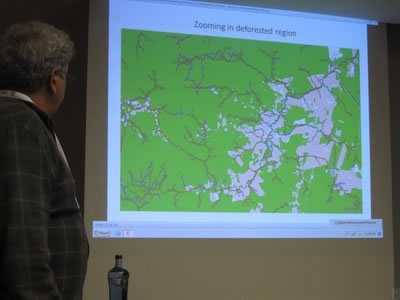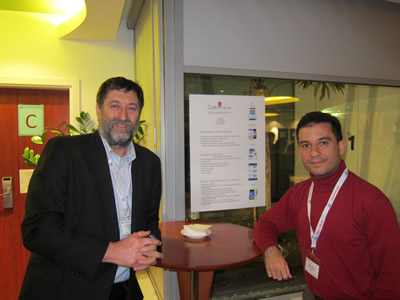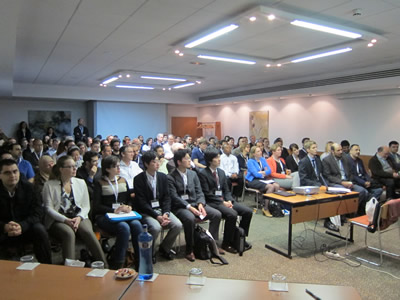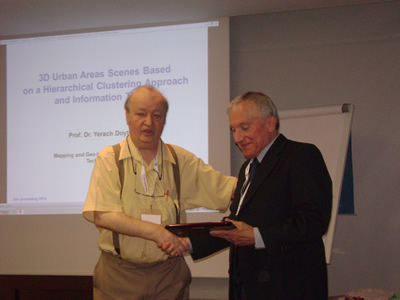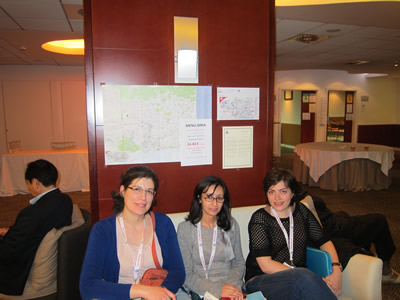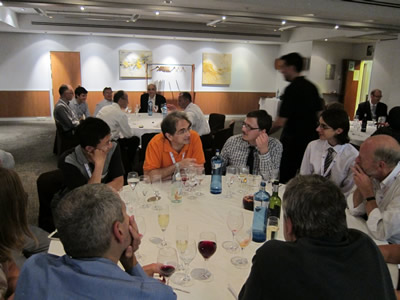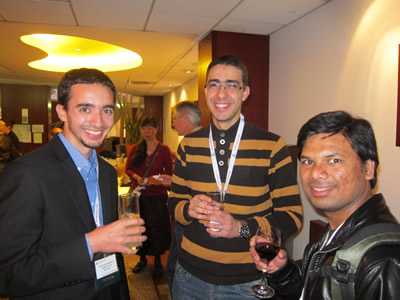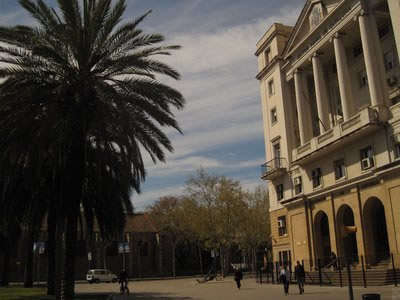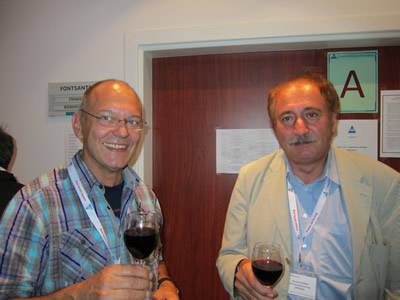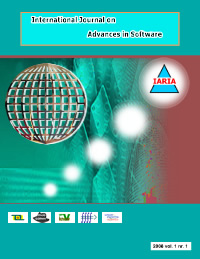IMMM 2018 - The Eighth International Conference on Advances in Information Mining and Management
July 22, 2018 - July 26, 2018
IMMM 2018: Tutorials
T1. Artificial Neural Networks: Practices, Needs and Future Developments
Prof. Dr. Ian Flood, University of Florida, USA
The tutorial provides a review of artificial neural network (ANN) methods, and their current and future potential for application to the analysis, modeling and control of complex systems. A brief history of ANNs is first presented along with a review of their present scope of application and their recent advances. This is followed by a review of the outstanding issues with the approach, in particular (i) the black-box nature of ANN solutions; (ii) the lack of extensibility of ANN solutions; and (iii) the geometric relationship between the size of the dataset required to train an ANN and the complexity of the problem being tackled. Emerging solutions and potentially fruitful future directions for dealing with these issues are then considered.
The tutorial then provides a rigorous methodology that must be followed to ensure the validity and value of the ANN product, covering the steps: strategizing; data collation and assessment; model development; model evaluation and final selection; final validation; and implementation. Overall, the tutorial is designed to provide researchers embarking on an ANN based study with an overview of when it is appropriate to use this technology, what type of system to adopt, how to ensure development of a successful end-product, and where the technology is leading.
T2. Heterogeneous Embedded Computer Architectures and Programming Paradigms for Enabling Internet of Things (IoT)
Prof. Dr. Charles Liu, California State University, Los Angeles, USA
Internet of Things (IoT), arguably the hottest topic across different technical communities today, refers to the network of devices connected to the Internet. It is projected that 30.73 billion devices will be connected to the Internet by 2020. Such devices typically need to be “smart”, and hence, are embedded with a computational component to support data acquisition, processing, storage, or exchange. For instance, IoT-connected vehicles can 1) acquire data from different onboard sensors, 2) process data for ambient traffic/road conditions, object recognitions, and cognitive in-car companion applications, and 3) exchange data for proactive in-car services, faster crash responses, infotainment, traffic management, and big data analytics.
Nowadays, heterogeneous computer architectures are being explored to enhance the computational performance given the size and power constraints of embedded systems. Commercial products are available to utilize the aggregate computational power generated from CPUs, GPUs, and other special purpose processors. Each processing component along with its programming paradigm can be specialized to serve the processing of a subset of the computational tasks. Typically, a general-purpose CPU is the best fit to decision-making tasks, while a GPU providing higher performance in image/video processing. The integration of a heterogeneous computing system is non-trivial. The allocation of tasks and the development of data pipelines across different computational stages are critical to performance enhancements. This tutorial introduces the state-of-the-arts, case studies, opportunities, and challenges in developing such heterogenous embedded systems for facilitating further discussions.
T3. The Communication of Criminal Groups on the Internet – New Approaches in Predictive Policing
Prof. Dr. Dirk Labudde, University of Applied Sciences Mittweida, Germany
The digitalization process has led to drastic changes in our ways of interhuman communication. Today, digital media has become our society’s primary communication platforms. Such platforms, such as social network websites and fora, are partially comprised of open and private groups. Although quite similar to groups of anonymous individuals in the real world, such closed online groups yield different psychological and sociological categories of behavior and communication as compared to their real world counterparts. This aspect poses as major obstacle in criminal investigations conducted by governmental agencies. Difficulties in reacting and treating this new level of anonymity has given rise to a demand for novel computational techniques, which on the one hand are required to handle the vast and ever-growing amount of data, but on the other hand are expected to yield sensitivity appropriate for forensic investigations.
Furthermore, this anonymity has become the basis for novel kinds of crime. In this respect, the implementation and well-targeted spreading of fake news as well as the utilization of social bots are only two examples to be named here. Recent cases for such techniques have been large-scale manipulation of stock markets and share prices of individually targeted companies or entire holding groups.
Generally, the Internet allows criminals to plan, arrange and conduct criminal activities both on the Internet itself and outside in the real life. New algorithms and strategies can help investigators to elucidate and prevent crime. Classic predictive policing approaches can be transferred and extended to virtual groups. The term „anonymity” plays a crucial role in, e.g., the Tor network and led to the emergence of the Darknet, which is in turn linked to the visible part of the Internet. This opens up new possibilities of analysis, which can lead to the evidence, but also to the prediction of criminal events. In this tutorial the focus is on virtual groups and their communication and on presentation of computer-aided applications in this field.





